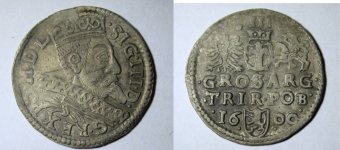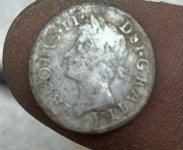perry
Jr. Member
Part of Grandma's collection. What tribe and how much worth in dollars.. like I've said in other post would be willing to donate but not to just anyone
View attachment 1455316
View attachment 1455317
View attachment 1455318
View attachment 1455319
View attachment 1455320





